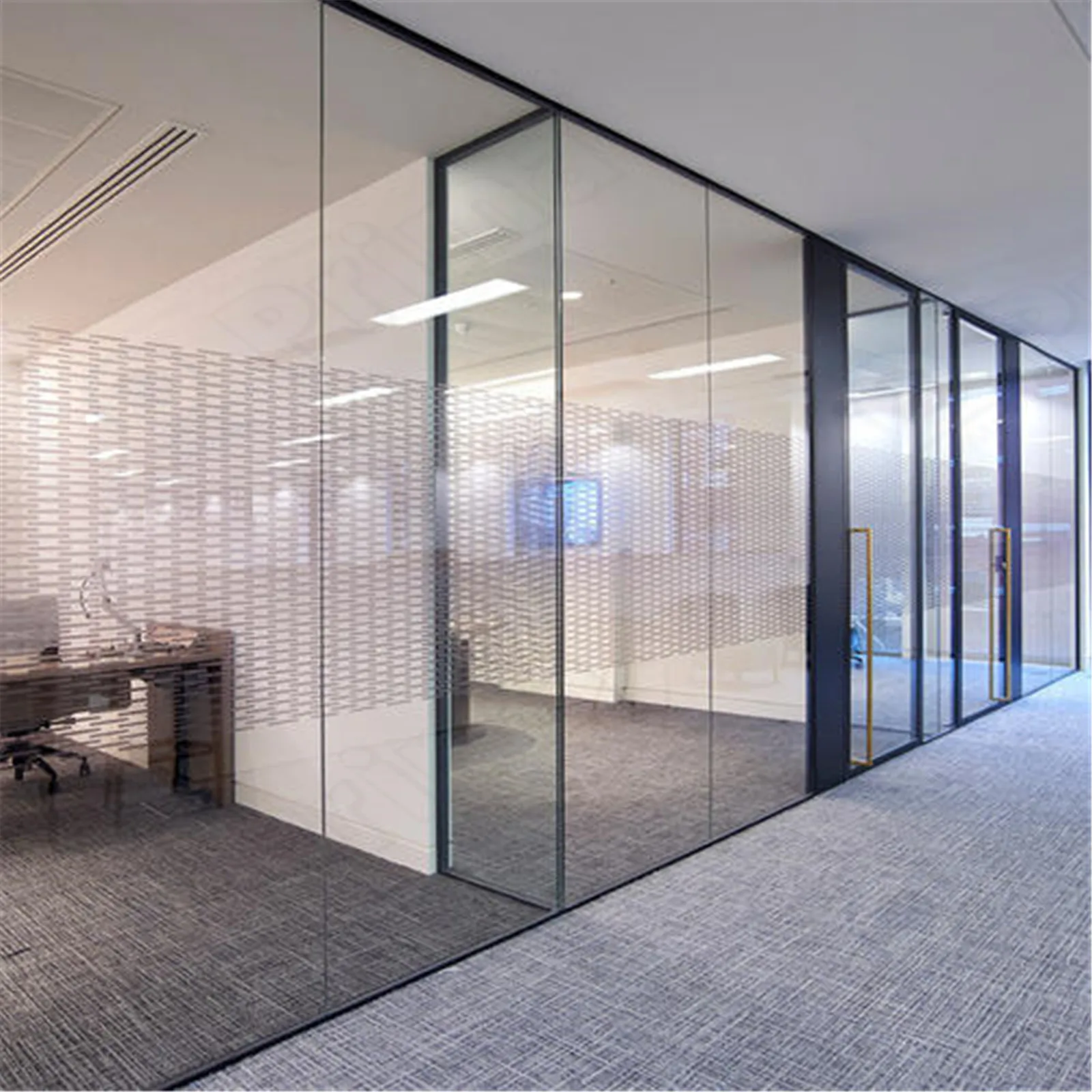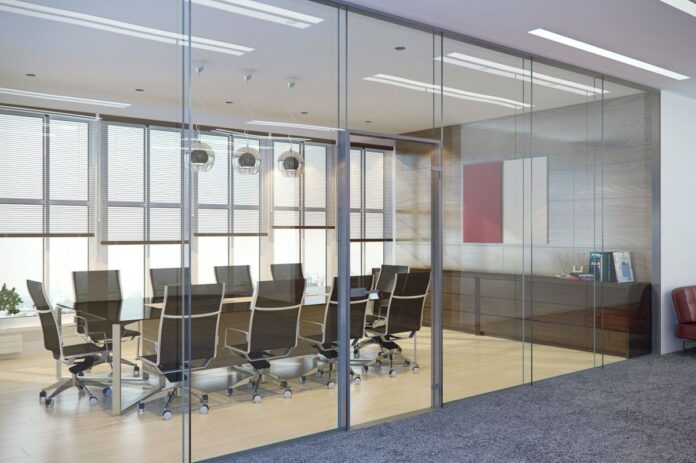In the contemporary world, where environmental concerns are increasingly at the forefront, the use of glass partitions is seen as a step towards sustainable living and working environments. This article explores the ecological aspects of using glass partitions, highlighting how they can contribute to a greener future.
Energy Efficiency and Natural Light
One of the primary ecological benefits of glass partitions is their ability to enhance natural lighting. This not only reduces the reliance on artificial lighting, which consumes energy, but also helps in regulating indoor temperatures. Natural light through glass partitions can warm a room in the winter, reducing the need for heating, and when used with appropriate shading, can keep spaces cool in the summer.
Sustainable Materials and Production
The production process of glass partitions has seen significant improvements in terms of sustainability. Many manufacturers now use recycled glass and eco-friendly materials in their production processes. The longevity and durability of glass also mean that it doesn’t need to be replaced as frequently as other materials, reducing waste and the need for new resources.
Enhancing Indoor Environmental Quality
Glass partitions contribute to a healthier indoor environment. They do not emit volatile organic compounds (VOCs) as some building materials do, maintaining better air quality within the space. Additionally, the ease of cleaning glass helps in maintaining a hygienic environment, which is particularly important in shared spaces.
Acoustic Management and Environmental Stress
While not directly an environmental benefit, the use of glass partitions for sound management contributes to a reduced environmental stress. In offices, glass partitions can create quieter, more focused work areas, which indirectly reduces the need for electronic sound management systems. This can lead to a decrease in energy consumption and electronic waste.
Design Versatility and Environmental Impact
Glass partitions offer design versatility with minimal environmental impact. Unlike traditional building materials that might require extensive processing or chemical treatments for different aesthetics, glass can be customized with eco-friendly techniques like frosting and etching. This versatility ensures that the environmental footprint remains low while still providing aesthetic value.
Conclusion
The ecological aspects of using glass partitions are multifaceted and contribute significantly to creating more sustainable living and working spaces. From improving energy efficiency to using sustainable materials, and from enhancing indoor environmental quality to offering design versatility, glass partitions present an eco-friendly solution in modern architecture and interior design. As we move towards a more environmentally conscious future, the role of glass partitions in green building practices is set to become even more prominent.

